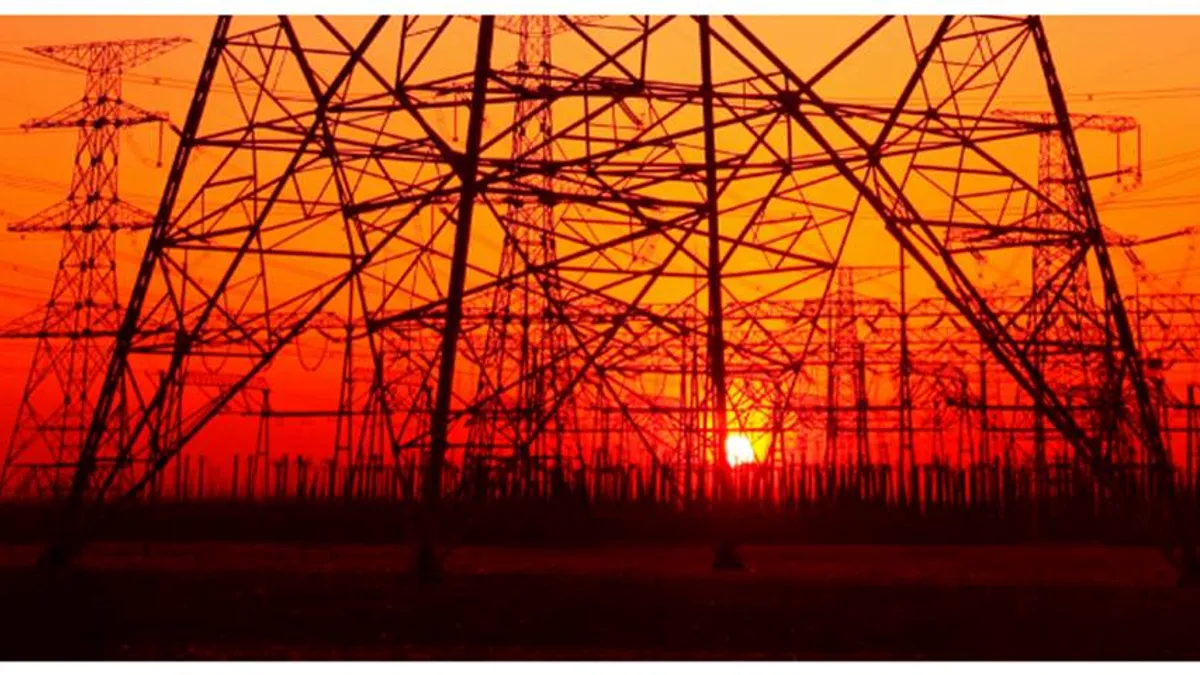Dive Brief:
- The California ISO (CAISO) is close to finalizing an aggressive three-year "roadmap" aimed at ensuring resource adequacy and extending day-ahead markets into the grid operator's Energy Imbalance Market (EIM).
- According to the roadmap draft, the ISO's "existing focus on summer peak demand is failing to secure the right resources and capabilities as the grid transforms."
- The roadmap has support from stakeholders, though Pacific Gas & Electric has cautioned that it may be "too ambitious." The utility has asked for clarification on how the grid operator will prioritize different policy initiatives necessary to extend the day-ahead market to EIM participants.
Dive Insight:
The California ISO is working to fine-tune energy markets and bring day-ahead capabilities to its growing EIM. Over the next three years, those efforts will include about a dozen initiatives the grid operator and stakeholders must implement.
Staff of the ISO convened with stakeholders in a public conference call this week to go over the final draft of the roadmap, take questions and prepare to finalize the document. It sketches out the order in which initiatives must be implemented, and specific decision points along the way, from 2018 to 2021.
The stretch includes a jam-packed 2019 that led PG&E to question if CAISO was trying to do too much.
The utility requested that in the next Policy Initiatives Roadmap, the grid operator "provide some sort of classification of how intensive initiatives are to implement," so that stakeholders can "better understand where CAISO is planning to focus time and envision how CAISO will balance these initiatives."
The utility also said that if the ISO "needs to make tradeoffs" among initiatives for 2019 implementation, Congestion Revenue Rights initiatives and the Resource Adequacy initiatives should be prioritized.
The ISO says it will establish a multi-year resource adequacy framework with a central buyer for system, local and flexible capacity. It will also adopt a 1-in-5 year demand forecast during months with highest peak demand uncertainty.
Load migration is causing utilities to alter long-term contracting practices, while state policies promoting procurement of renewable and distributed energy resources are changing the generation fleet's attributes, according to the roadmap.
"Certain gas resources needed for reliability are in need of significant maintenance and capital investment," according to the draft roadmap. "Lower energy market prices lead to revenue inadequacy and potential uneconomic retirements."
California continues to work on evolving its energy markets. This fall, CAISO's board of directors approved measures aimed at fostering greater participation of distributed energy resources (DERs) in the state's wholesale power market, including changing how behind-the-meter energy storage resources participate.
The ISO's voluntary Western EIM launched in 2014 and since then, several other utilities have joined, with more in the works. The market now operates across eight western states: Arizona, California, Idaho, Oregon, Nevada, Utah, Washington and Wyoming.
Comments on the plan are due Dec. 6, and the ISO Board of Governors will be briefed and the roadmap finalized on Dec. 13.















